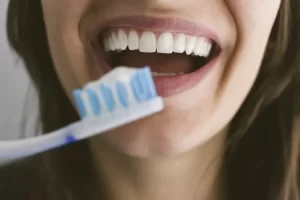
Toothache – a problem that most of us have encountered at some point in our lives. It can be a sharp sensation that hinders us from eating and sleeping, creating discomfort in our daily lives. Toothache can have various causes and can be triggered by different conditions. In this article, we will examine some of the most common causes of toothache and ways to alleviate this unpleasant condition.
The causes of toothache can be diverse. One of the most common causes is tooth decay. Tooth decay is the destruction of tooth enamel caused by bacterial activity and progressive tooth decay. When decay reaches the nerve of the tooth, sharp pain occurs. Treatment for tooth decay includes removing the affected enamel and filling the tooth with a dental filling.
Another common cause of toothache is dental inflammation or abscess. A dental abscess occurs when an infection attacks the soft tissues around or inside the tooth. This can cause severe pain and swelling. Treatment for abscess includes the use of antibiotics and, in some cases, root canal treatment.
Toothache can also be caused by periodontitis, inflammation of the gums and tissues that support the teeth. Periodontitis can lead to gum recession and pain while chewing or biting. Treatment for periodontitis includes professional teeth cleaning and, in some cases, surgical interventions to restore damaged tissues.
Other causes of toothache include broken teeth, tooth trauma, dental prosthetics, or temporary fillings, which can cause discomfort.
There are various ways to alleviate toothache. Depending on the cause of the pain, a dentist may recommend different treatment methods. Typically, for acute toothache, taking a pain reliever such as ibuprofen is recommended to reduce the pain. However, it is important to understand that this is a temporary solution, and immediate consultation with a dentist is necessary for diagnosis and treatment of the underlying cause of the pain.
To maintain dental health and prevent toothache, it is important to follow proper oral hygiene practices, including regular brushing of teeth, using dental floss for cleaning between teeth, and scheduling regular visits to the dentist for preventive check-ups.
